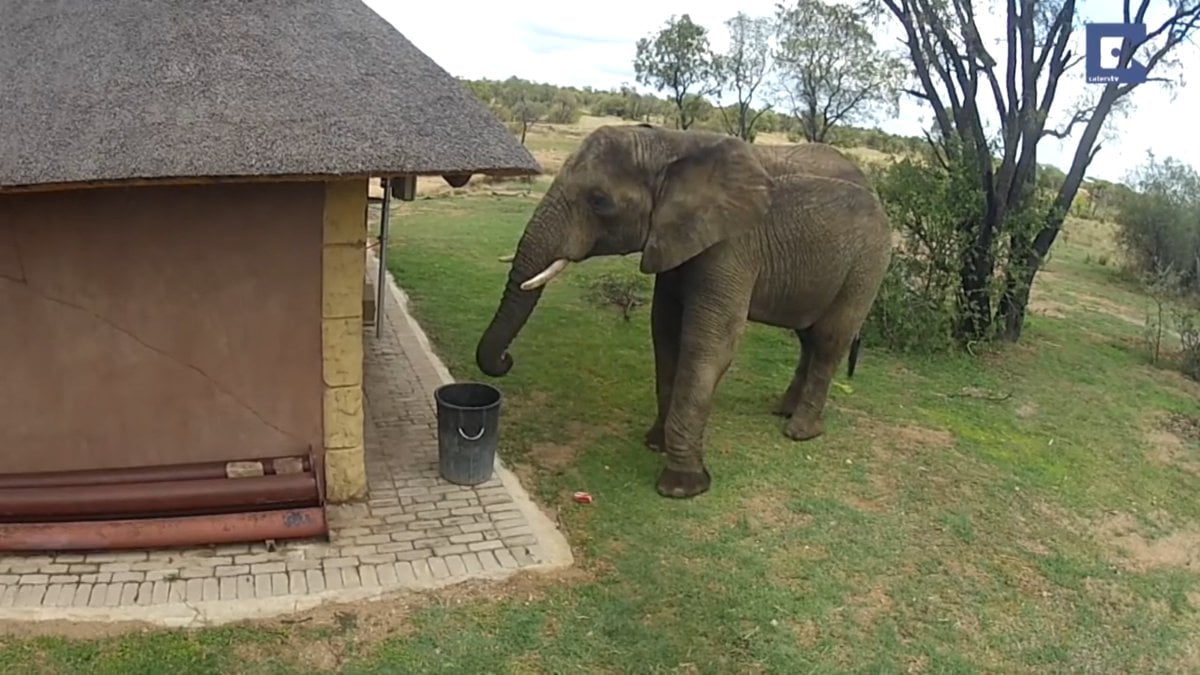Digital technology allows us to seamlessly share media with no degradation. Well, that's the theory - the reality is more complicated.
This low quality gif is doing the rounds again. The HD version is easily available - but there appears to be something more "real" about low quality.
It keeps being shared on social media - one Tweet currently has around 45 thousand likes.
Here's the original viral video. 6 million views!
But that is not the original video though - as we shall see!
Take a look at that YouTube video. The video is 1080p HD - and the motion is smooth. So what's with the horizontal scan lines? Looks like it has been recorded on cheap CCTV.
I suppose it could be a cheaper black and white camera. But behind the scan lines, the image looks crisp and detailed. Not cheap!

Here's the same shot in colour.

Gorgeous! So why does it look more "authentic" in a low-res, monochrome, artificially distressed gif?
The original video was made by Russell Owen MacLaughlin in Greater Kruger national park, South Africa.
My questions to you:
- Does the grainy footage feel more real to you?
- Do the faked timestamps give an air of authenticity?
- Why do people share it if the original is easily available?
- Am I the only one who cares?
One thought on “Clarity is antithetical to authenticity”
David Wilhelm
I thought the grainy footage was fake at first.. I wondered if the video had been reversed.
What links here from around this blog?